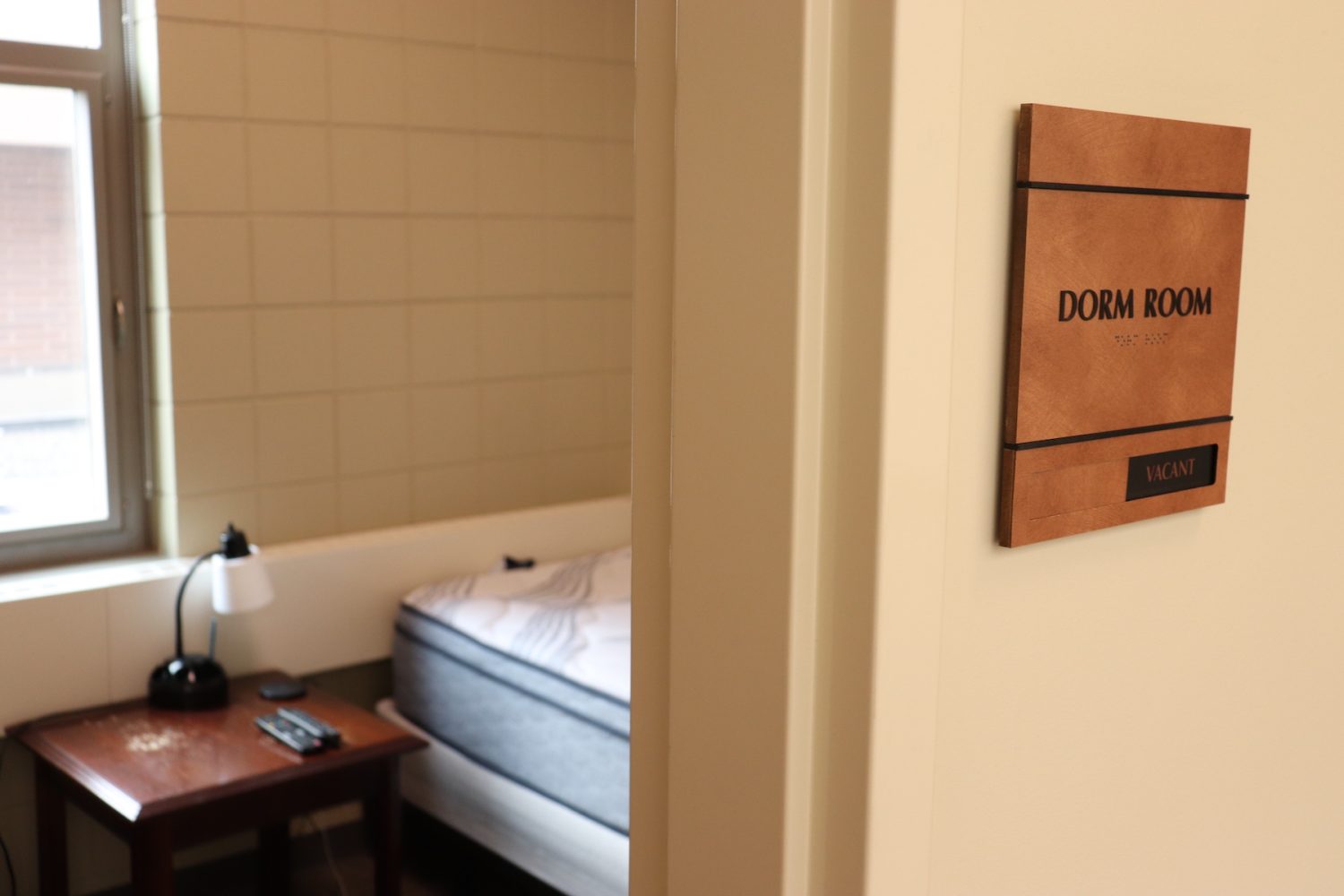Contributed by Paul J. Anderson, M.D.
Getting quality sleep is tough. Anticipation of a call at night is like watching the alarm clock when you know you need to get up early. Your sleep quality suffers. Then a call comes in, and your sympathetic “fight-or-flight” response is activated. This sharpens your focus and primes your body to perform, but makes it incredibly difficult to fall back asleep once the run is complete.
Plus, sharing your sleeping quarters with others, like in a firehouse, can limit the ability to personalize one’s sleep environment when time for sleep is available. And at home, firefighters tend to prioritize time with family and other personal obligations over resolving “sleep debt” accrued from a busy night on duty. Understandably so.
Sleep is the most restorative and rejuvenating element of human life. During sleep, the body clears waste products of metabolism and cellular function and builds neural networks in the brain that are responsible for learning and memory. Sleep replenishes our immune systems, balances our hormones and repairs our bodies so that we are primed for work and activity when we wake the following morning.
According to renowned sleep expert Dr. Matthew Walker, there may not be a single cellular process that doesn’t benefit from a good night’s sleep. Lack of routine quality sleep for seven to eight hours per night has been associated with performance deficits and increased risk of cardiometabolic disease, mental illness, cognitive decline, cancer and early death. But nighttime calls are inevitable, whether you are a full-time, part-time, on-call or volunteer firefighter. Therefore, firefighters must do all they can to maximize sleep quality when sleep opportunity is available.
Here are some considerations to optimize your sleep:
1. Build a sleep sanctuary
The ideal sleep environment is cool, dark and quiet. If you are utilizing shared sleeping quarters, aim to set the temperature somewhere between 60 to 67°. Avoiding screen use for two hours before bed is incredibly important, as the light emitted from electronic screens has a powerful impact on the body’s internal clock. Fans and other generators of “white noise” may help create a restful environment in an otherwise noisy environment. It also may be worth considering lighting sleeping rooms with light that are less stimulating to the eyes. Think red or dimmer light.
2. Develop a bedtime routine
The brain needs to associate the bed with sleep only. Common techniques to help calm the body and recruit the parasympathetic “rest and digest” system include warm showers, gentle stretching, meditation, and structured breathing. Consider a pre-bed routine that starts with taking a hot shower, followed by some reading under dim light on a non-electronic source, then five to ten minutes of “cyclic sighing” in bed (four seconds deep inhale, eight seconds slow exhale). These behaviors can calm the nervous system and set the stage for sleep.
3. Nap strategically
Napping can improve daytime alertness and help resolve sleep debt, but it has to be done properly. Napping at the wrong time of day or for too long can compromise nighttime sleep quality. Naps for less than 30 minutes in the early afternoon (around 1 p.m. to 3 p.m.) are best, when the body’s circadian rhythm yields a natural dip in arousal. But only nap if you feel the need, because oversleeping is also harmful to overall health.
4. Live an active and healthy life
Daily exercise leads to the increased accumulation of adenosine, the primary molecule responsible for tiredness, or “sleep drive,” at the end of the day. Exercise will also help with weight loss, which can prevent the development of sleep disorders like obstructive sleep apnea (OSA). Limiting caffeine intake to the morning and less than 400 mg daily is ideal. Aim for minimal alcohol intake as well, and know that a drink is less disruptive to sleep if had earlier in the day versus evening. Meal timing can also affect the body’s internal clock, so avoiding eating for the first one to two hours after waking and two to three hours before bed can be helpful.
5. Promote a pro-sleep culture
The machismo “I’ll sleep when I’m dead” mentality needs to end. Research tells us that education, awareness, and implementation of sleep programs in fire departments are effective in improving overall sleep quality. Address fatigue and sleep status often, discuss it with other firefighters and make sleep a priority at home. To help set the tone, consider reading Walker’s book Why We Sleep. It will reaffirm that quality sleep is a foundation of overall wellness and perhaps motivate you to make favorable changes to your sleeping routine.
Chronic sleep deprivation is likely to accelerate the development of illnesses that are already all too prevalent in the fire service. While high-quality sleep may be a challenge for firefighters, some of these simple adjustments can help you prioritize better sleep techniques and your overall health.
Put your department on a path to better sleep
MnFIRE now offers a training specifically focused on sleep. Help your team get a better night’s sleep – register your department today for this free sleep training here.








